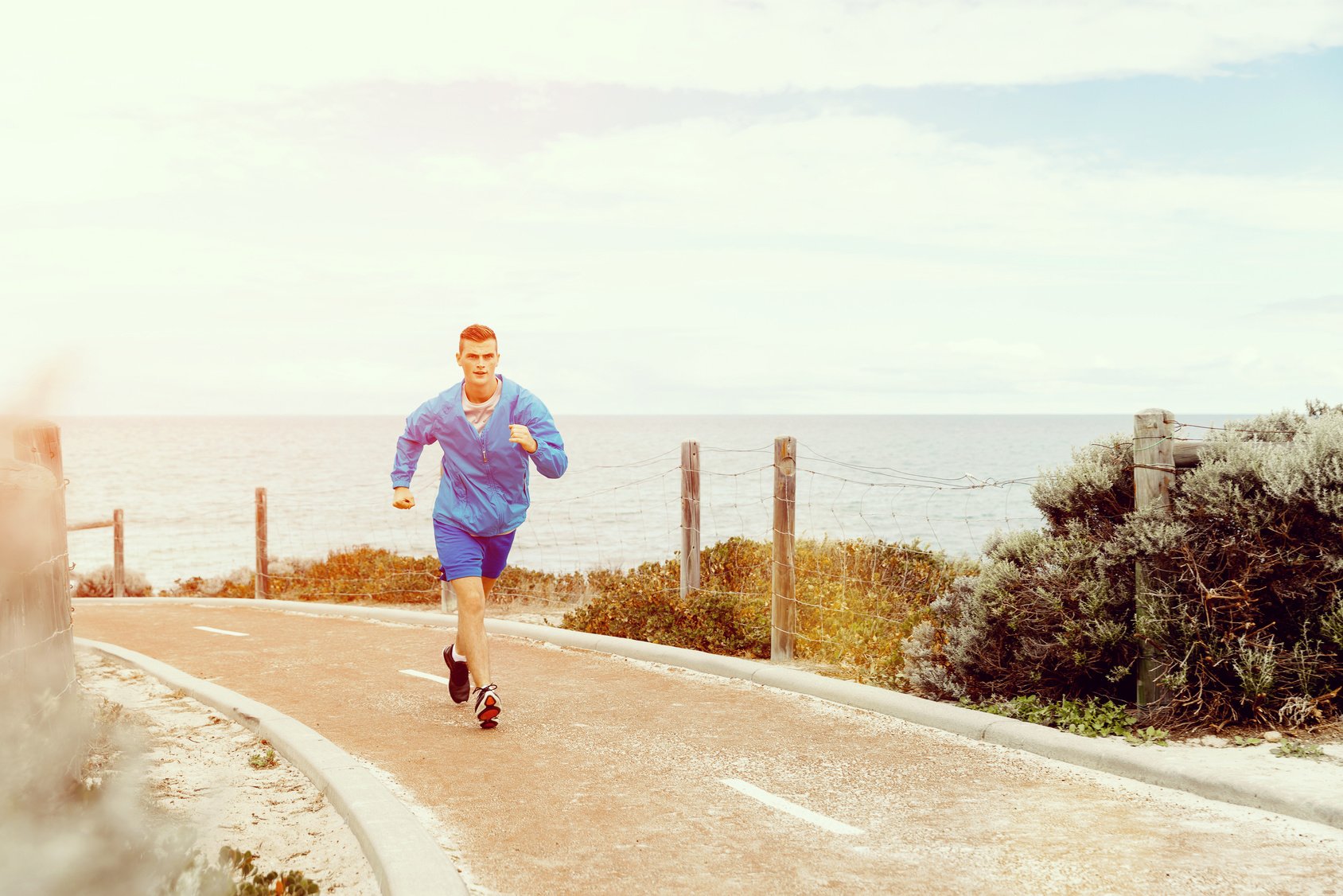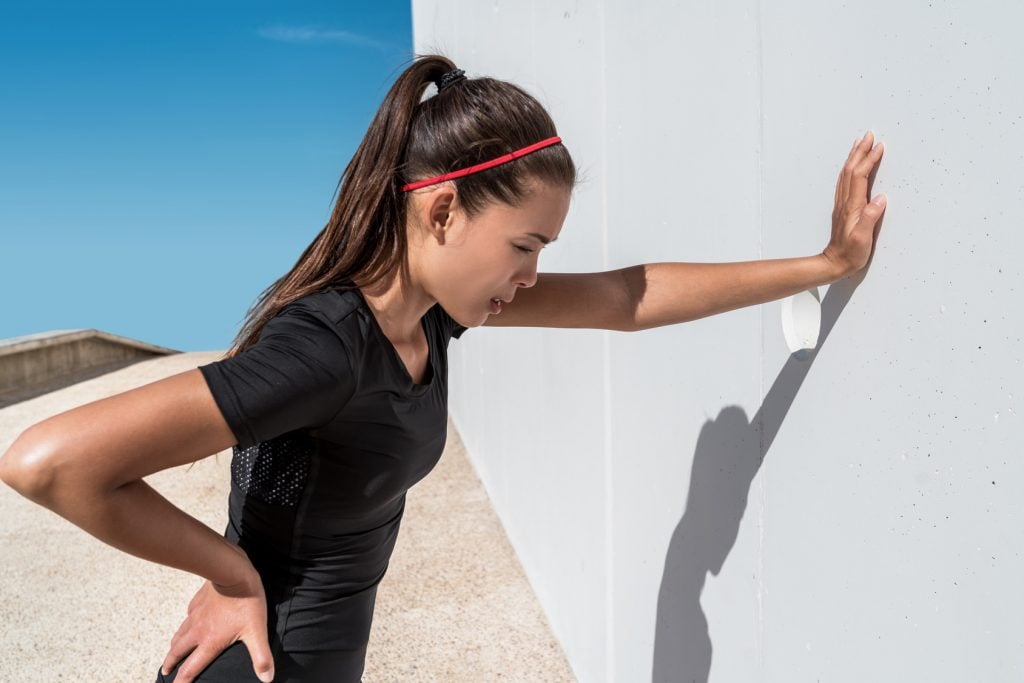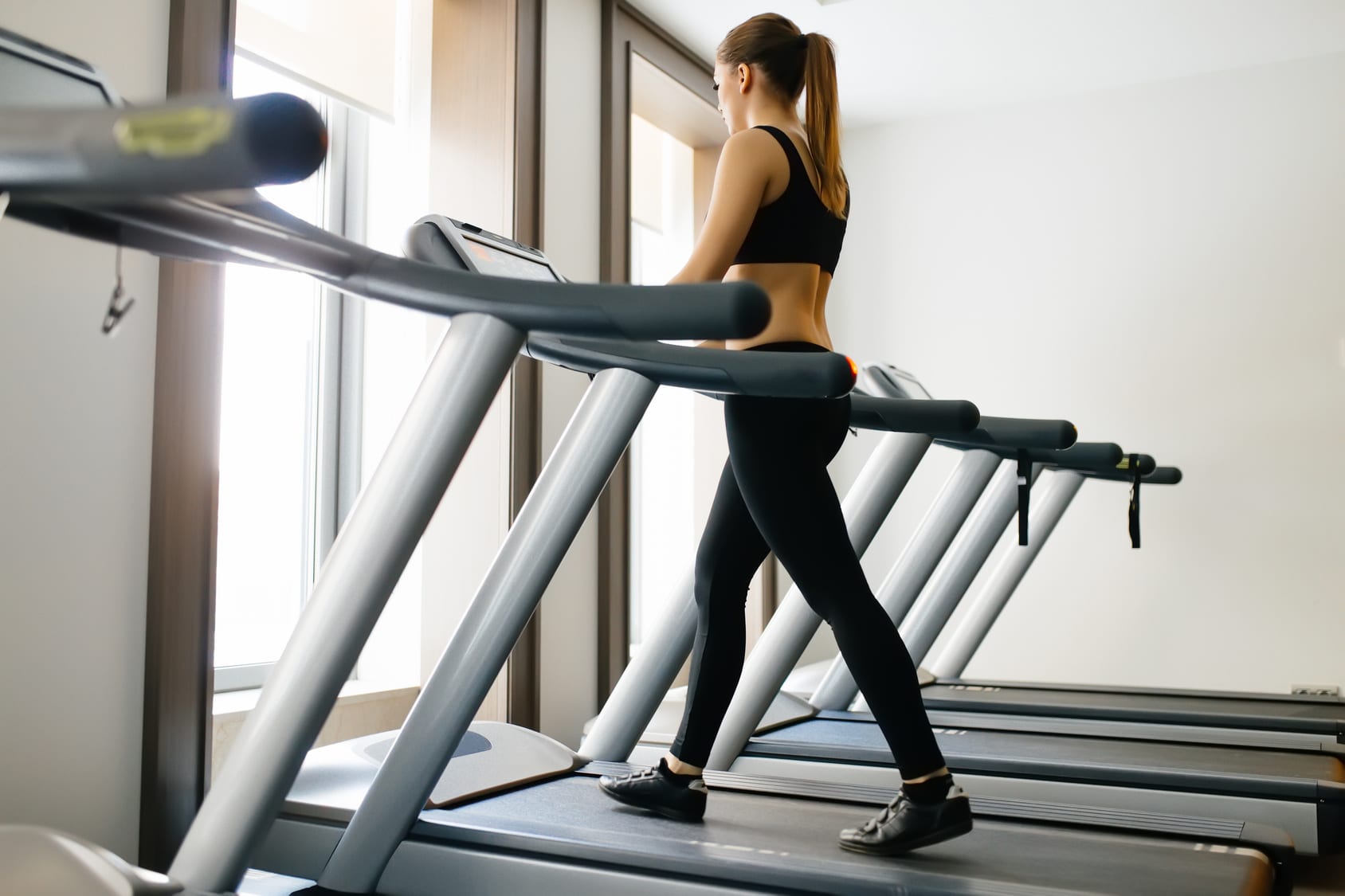Summer is awesome for outdoor fun, right? I’m with you – there’s something special about going for a run when it’s sunny and the weather’s great. But hold onto your sneakers, because summer running isn’t all easy. Those hot temperatures can make it tough on your runs and your health.
But don’t worry, I’ve got you covered. By the time you finish reading this blog post, you’ll have the know-how you need to handle those summer running challenges like a pro.
Sounds like a great deal?
Let’s get started.
1. Make the Right Adjustments
Running in the summer can be a bit tricky. The heat and humidity can make it feel like you’re running in slow motion, even if you’re putting in the same effort you did during winter. And guess what? Science backs this up! Research says that when the temperature rises just 5 degrees above 60, your pace can slow down by a whopping 30 seconds per mile. That’s a big difference!
So, here’s the deal: when you start your summer runs, go a bit slower than you usually do. Think of it like easing into a hot bath – you don’t jump right in, do you? And if you’re feeling like a superhero halfway through your run, it’s okay to speed up a bit. Just don’t push too hard and overdo it.
Here’s a great tip: focus on how hard you’re working, not how fast you’re going. It’s more about how tough it feels rather than trying to beat the clock.
2.Acclimatize Properly
Your body is pretty amazing, but it needs some time to adjust when it’s hot outside.
Here’s how it works: when you’re out in the blazing sun, your body goes into action to keep you cool. It does things like lowering your heart rate, keeping your core body temperature down, and making you sweat more. All of this helps you keep running even in the heat.
But here’s the catch: you can’t rush this process. You need to give your body a couple of weeks to get used to the summer weather. Start with easy runs and slowly make them longer and more intense. Trust me, those first runs might feel really tough, but it gets better.
While you’re getting used to the heat, don’t push too hard. Keep your runs easy, and don’t try to run a lot farther all at once. It’s totally fine to run at a slower, more comfortable pace or even take short breaks to catch your breath. Think of it as your body’s way of saying, “Hey, I’m adapting here!”

3. Check The Heat Index
Before you head out for a run, make sure to take a look at the National Weather Service’s Heat Index Guide.
This nifty guide combines the actual temperature with how humid it feels, giving you the real “feels-like” temperature – the one that really matters when you’re out there on the road.
Now, here’s the cool part (pun intended): if that temperature is hovering around 70 degrees and the humidity feels like a sauna, it’s time to ease up on your pace. We’re talking about slowing down by at least a minute per mile. Your body will thank you for it, I promise.
But here’s the bottom line – if that temperature climbs above 96 degrees and the humidity is at a steamy 75 percent or more, it’s time to rethink your battle with the summer heat.
Indoor workouts become your best buddy. Hop on that treadmill, try some strength training, or find your inner zen with yoga. The choice is yours – just make sure you stay cool and safe out there!
4. Check Air Quality
Living in a big city or an area with air pollution? Then keep an eye on the Air Quality Index (AQI) in your area.
Here’s the deal: if that AQI code starts to get close to orange, and you have respiratory problems or are sensitive to air pollution, it’s time to think about easing up, especially on those hot and hazy days. Your lungs will thank you.
Now, if you’re still determined to run when the AQI is in the orange or, heaven forbid, red zone, take all the precautions you can. Think about wearing masks, limiting your exposure, and maybe even teaming up with a running buddy to keep an eye on each other. Safety first!
5. The Right Clothing
Go for lightweight, loose-fitting clothes that are your best buddies when it comes to staying cool in the heat. These fabrics work like magic – they whisk away sweat from your skin and let it evaporate quickly. It’s like a little disappearing act!
Now, here’s the color code: go for lighter shades! Light-colored outfits are your superheroes; they reflect the sun’s rays like pros. Dark colors, on the other hand, are like a cozy fireplace in the summer – they’ll make you feel hot in no time.
And here’s a bonus: these fabrics aren’t just comfy; they also help protect you from sunburn. So, say hello to your best buddies: Coloma, Dry-Fit, Lycra, and Nylon – they’ve got you covered in the summer heat!
Now, let’s talk about the key running gear you need for a safe and comfortable summer workout:
- Running Shorts: Opt for longer, loose-fitting styles. They shield you from the sun and let in a cool breeze. Your legs will thank you for the extra protection, and the ventilation is a game-changer.
- Running Shirt: Your shirt should be your running best friend and a multitasker. Look for one that wicks away sweat, has reflective details for dawn or dusk runs, and maybe even a zip pocket for your essentials. This superhero shirt helps control your body temperature and says goodbye to chafing and blisters.
- Running Socks: Your feet deserve some pampering, and that’s where wool blends come in. Find socks with at least 60 percent merino wool, a touch of Spandex for stretch, and a bit of Nylon for durability. These socks work like little foot air conditioners, keeping you cool and comfy on your summer runs.
6. Sunglasses And a Hat
Protect your eyes from the sun’s UV rays. Choose lightweight running sunglasses for a secure fit that won’t bounce or slip during your run.
When it comes to headgear, opt for a hat made of technical fabrics that wick away sweat. It should fit snugly but comfortably, and stay in place while you’re active. If you’re deciding between a hat and a visor, go for the visor. Visors tend to be cooler as they allow better ventilation and look for one with a sweatband to keep sweat away from your eyes.
Here’s how to carry your keys while running
7. Fight the Chafe
Let’s tackle chafing, that annoying issue runners often face, especially in hot weather!
Here’s how to prevent chafing:
- Friction Fighter: Chafing occurs when sweat causes friction between your skin or clothing. To combat this, use lubricants like Body Glide or petroleum jelly on potential hotspots, such as inner thighs, underarms, and yes, the sensitive nipple area.
- Nipple Shields: Have you heard of these handy lifesavers? Nipple shields come in two types – one is like a band-aid, and the other is made of silicone. They’re your secret weapon against nipple chafing, ensuring a pain-free and chafe-free run.
8. Protect Your Skin
Let’s talk about protecting your skin because, let’s be real, the sun can be harsh on your skin!
Did you know that runners have a higher risk of skin damage, including skin cancer, compared to other athletes? Here’s the deal:
- Runner’s Risk: Runners spend more time in the sun, often in minimal clothing to stay cool. While that’s great for comfort, it also means more exposure to the sun’s harmful effects.
So, how do you shield yourself from those UV rays?
- Sunscreen is your best friend! Choose a waterproof sunscreen with at least SPF 40 and broad-spectrum protection against both UVA and UVB rays. Apply it at least 15 minutes before your run.
And here’s a tip: Reapply it during long, sweaty runs. You don’t want to sweat away your protection against the sun’s rays!
9. Run Early (or Late)
Did you know that runners are more susceptible to skin damage, including skin cancer, compared to other athletes? Here’s what you need to know:
· Runner’s Risk: Runners spend more time outdoors, often in minimal clothing to stay cool during their runs. While this is comfortable, it exposes their skin to the harmful effects of the sun.
So, how can you protect yourself from UV rays?
· Sunscreen is your reliable ally! Choose a waterproof sunscreen with at least SPF 40 and ensure it offers broad-spectrum protection against both UVA and UVB rays, which are the main culprits of UV radiation. Apply it at least 15 minutes before you start your run.
Here’s a helpful tip: Remember to reapply sunscreen during long, sweaty runs. You wouldn’t want to lose your defense against the sun’s harsh effects due to perspiration!
10. Pick The Right Route
When the sun is scorching overhead, it’s wise to change up your running routine. Trust me, running on hard surfaces like asphalt or concrete isn’t a great idea. These surfaces absorb heat and radiate it back at you, causing you to overheat and tire out quickly.
Why not mix things up a bit? Consider swapping those tough surfaces for more forgiving ones like grass or, even better, explore some trails and gravel paths. You’ll appreciate the difference later on. And don’t forget about your local park – it’s like a little oasis waiting for you.
Now, if you’re in the city surrounded by skyscrapers, get creative with your route. Weave between those tall buildings; they act like giant sunshades, providing some welcome shade. And remember, parks aren’t just for picnics – running beneath a canopy of trees can make a significant difference.
Feeling adventurous? Consider heading towards bodies of water like rivers, lakes, or even the ocean. Being near water tends to make everything feel cooler and breezier, especially on those scorching summer days.
Speaking of safety, always let someone know where you’re going. Carry identification, your phone, some cash, and emergency contacts with you. As the saying goes, “Better safe than sorry.” Being prepared is key!
11. Hydrate All Day
Staying properly hydrated is absolutely crucial during summer runs. When you’re out there, your body works extra hard to keep cool, leading to significant sweating. But it’s not just water you lose – you’re also saying goodbye to essential minerals like iron and magnesium. This isn’t a minor issue; it can seriously affect your performance and overall health.
So, what’s the solution? Hydration, hydration, hydration!
Think of water as your personal defense against the less pleasant effects of summer heat, like stomach cramps, dizziness, or those nagging headaches.
Here’s the plan: Load up on water before, during, and after your runs. Aim to drink at least 8 to 12 ounces of water about 30 minutes before you start your run. This primes your sweat system and gets it ready for action.
If you’re heading out for a long run, especially one lasting more than 60 minutes, don’t go without a trusty water belt or pouch. Not a fan of carrying water? No worries! Plan your route strategically, marking places with water fountains, gas stations, or city parks where you can grab a quick drink.
While you’re running, keep sipping! Aim for another 8 to 12 ounces every 20 minutes. Of course, everyone’s needs are different, so pay attention to your body and adjust your hydration as necessary.
12. Pre-Run Splash
Pre-cooling might sound like a game changer for your summer runs. Think of it as giving yourself a refreshing kick-start before you hit the road. By slightly lowering your core body temperature before your run, you’re basically preparing your body for a smoother, cooler journey. It’s like delaying the onset of sweating, allowing you to run further before feeling the heat.
But don’t just take my word for it; there’s solid science supporting this cool strategy. A German study revealed that a pre-workout shower can actually enhance your athletic performance in hot conditions by cooling down your core temperature and heart rate. Plus, a study published in Sports Medicine found that pre-cooling can not only help regulate your body temperature during training but also boost your performance.
Ready to give pre-cooling a shot? Here are some cool tactics to try before your summer runs:
- Hydrate with cold drinks at least two hours before you lace up. Think of it as an internal air conditioner for your body.
- Experiment with cooling garments. Yes, there are clothes designed to lower your body temperature. Pretty cool, right?
- Take a cold shower before heading out. Get your hair wet and let it drip – it’s like having your personal little rain cloud to keep you cool.
- Relax in an air-conditioned room or sit in front of a fan for a bit before your run. It’s all about starting off on a cool note.
13. Proper Warm-Up
The warm-up routine deserves some serious attention, especially when it comes to summer running.
Starting your runs at a slower pace than your usual speed is a wise move. It’s akin to preventing your body’s internal engine from revving up too quickly and overheating right from the start. This approach can be a real game-changer, helping you avoid early fatigue, bothersome muscle cramps, and even injuries.
Here’s the bottom line: the slower and gentler your start, the longer it takes for your core body temperature to reach that “this is tough” point. Remember, it’s a marathon, not a sprint, right?
And while you’re at it, consider adding some dynamic moves to your warm-up. Think of a lunge series or even some ballistic stretching to wake up those running muscles. It’s like giving your body an enthusiastic pep talk, getting everything ready from your toes to your head.
14. Take A Cold Shower
Taking a cold shower after a sweaty summer run is like hitting the refresh button for your body. It’s the perfect way to cool down after pushing your limits.
However, diving straight into icy water might not be everyone’s preference. If the idea of a chilly shower sends shivers down your spine, don’t worry; there’s a way to ease into it.
Start with water that’s just slightly cooler than your usual comfort zone. Think of it as dipping your toes into a pool instead of making a cannonball plunge. Allow your body some time to adapt to the change in temperature. As you become more comfortable, gradually decrease the water temperature until you find that sweet spot – cool but not teeth-chatteringly cold.
Here’s the thing: shocking your system with super cold water might make your body work extra hard to warm itself up, which isn’t exactly the relaxing cooldown you were aiming for.
Interestingly, lukewarm water can be surprisingly effective. It’s gentle, soothing, and still does a great job at lowering your core body temperature without any dramatic reactions.
15. Ice Your Pulse Points
Pulse points are like your body’s natural cooling stations. When you apply ice packs or run cold water over areas like the back of your neck, wrists, chest, abdomen, or even your feet, it’s not just about immediate relief – it’s a strategic move! These points are like highways for your blood, with a large volume flowing close to the surface.
So, what happens when you cool them down? It’s like sending a chill signal through your bloodstream, efficiently reducing your core temperature. It’s simple, clever, and incredibly effective.
But remember, safety comes first! Direct contact with ice can be more harmful than helpful, potentially causing ice burns, which are no fun at all. Always use a barrier like a gel ice pack or wrap the ice in a towel. This way, you get all the cooling benefits without risking damage to your skin.
16. Listen to Your Body
While all the summer running tips and tricks are great for staying cool, the most crucial piece of advice is this: listen to your body. our body has its unique ways of letting you know when something’s not right, especially in the scorching sun.
Here are some warning signs to watch out for:
- An intense headache is like a flashing neon sign that something’s amiss.
- Feeling disoriented or confused is a big red flag.
- Muscle cramps can signal dehydration or heat stress.
- Excessive sweating, while normal, can indicate overheating.
- A dry throat may be a sign that you need to hydrate immediately.
- Unusually pale skin could indicate heat stress.
- Confusion or foggy thinking means it’s time to slow down or stop.
- An elevated heart rate that’s unusual should be taken as a warning.
- Nausea or feeling queasy is a sign to take a break.
- Extreme fatigue is a symptom of potential heat exhaustion.
- Experiencing chills in the heat is not a good sign.
Ignoring these symptoms can lead to serious problems, possibly requiring medical attention. That’s not the outcome you want from a good run, so always prioritize your well-being.
17. Treat Heat-Induced Issues Right
Dealing with heat-related issues during a run is crucial, so knowing when to pause is essential. If you ever feel like you’re approaching a danger zone, here’s what to do:
- Stop Running: No more pushing through; stop immediately.
- Seek Shade: Find a cool, shaded spot to escape the intense sun.
- Rehydrate: Water is your best bet here, though sports drinks are also okay. But remember, water is your primary source of hydration.
Heat-induced conditions like heat strokes or heat exhaustion can escalate quickly from uncomfortable to dangerous. Once you’re in a safe spot:
- Drink plenty of water to rehydrate.
- Take a cold shower or a sponge bath to lower your body temperature.
- If possible, get into an air-conditioned room, as it can make a significant difference.
Alternatively, try spraying yourself with cool water and wrapping your body in cool, damp sheets.
But here’s the thing: if you don’t start feeling better within an hour, it’s time to seek medical help. Some symptoms of overheating can be life-threatening and require professional attention.
Conclusion
There you have it!
The above guidelines are my go-to tips for surviving hot summer runs.
While most of these are simple,
Now it’s your turn.
What are your go-to measures during summer training?
Comment, tips, and tricks are really welcome!
Do you have any summer running tips to add?
I’d love to hear from you in the comments section.










